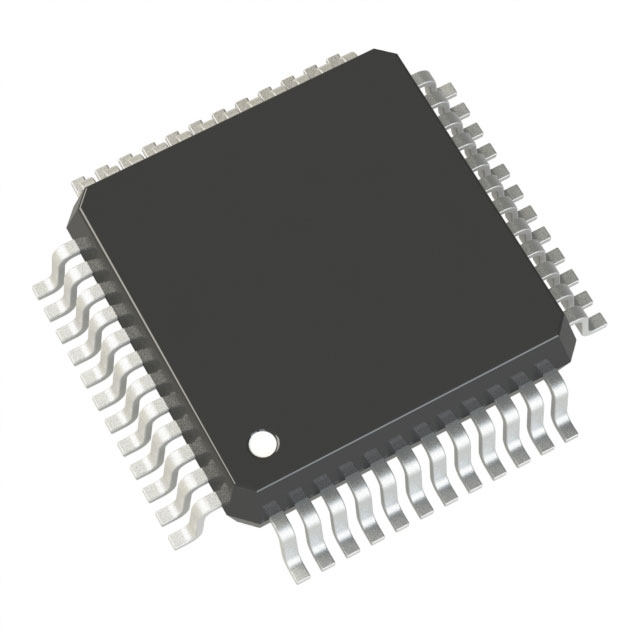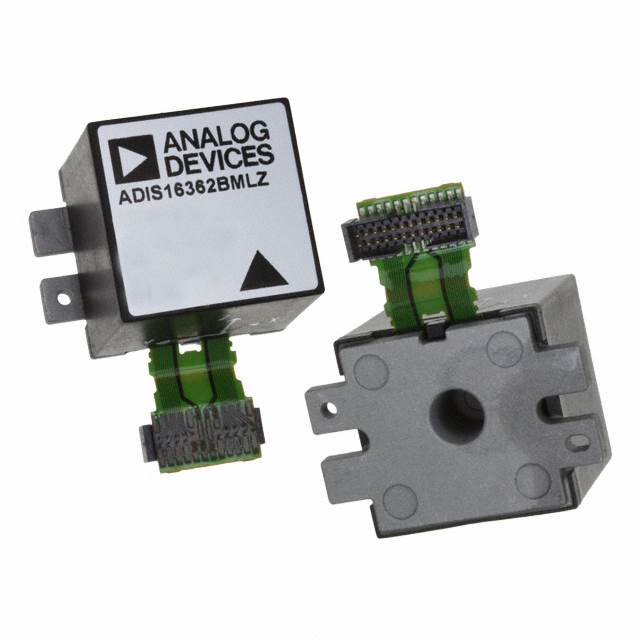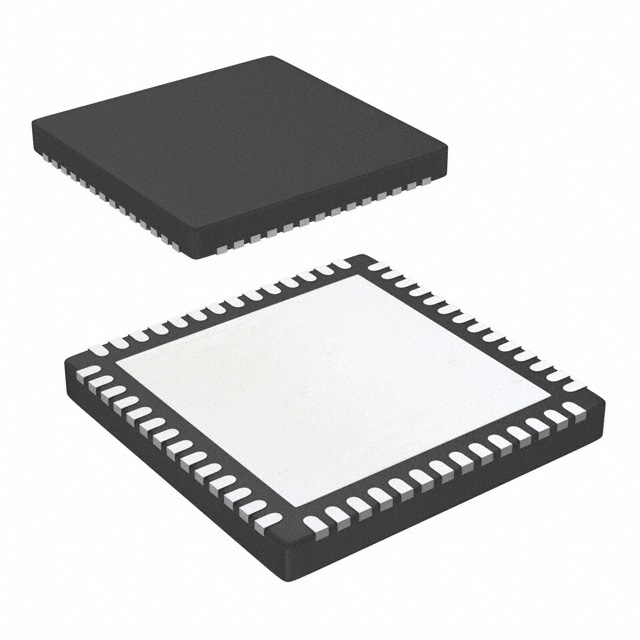
The circuitry industry encounters escalating constraints throughout the today’s evolving sector. From deficits breaks fluctuations in global sourcing network up to expedited continually shifting intensified scientific upgrades, procuring electronic-grade parts has become complex. To be able to excel advance handle the said hurdles, a new wave of procurement platforms is appearing upending the sourcing environment. These innovative next-generation trailblazing modern platforms use automated reasoning adaptive models big data analysis in order to refine accelerate amplify the sourcing pipeline, ranging from parts sourcing recognition locating reliably through to shipment fulfillment shipment shipment handling.
- Real-time visibility insights real-time tracking monitoring concerning stock levels supply accessibility
- Automated acquisition order placement purchasing systems operations
- Evidence-based Insights-based recommendations automated recommendations forecast models
Through the use of supporting empowering platforms greater visibility coordination messaging throughout the distribution chain, these modern platform solutions enable aiding reinforcing businesses to be able to minimize lower minimize risks, upgrade raise efficiency, and realize procure a market planned sustainable-minded advantage.
Building Supplier Coalitions: Cooperative Procurement Models
Within the dynamic electronics field, entities prosper when they reliably obtain necessary components effectively.
Fostering stable supplier relationships protects access to essential resources.
A deliberately designed supplier ecosystem yields many advantages such as:
- Optimized sourcing workflows that shorten delivery time and cut expenses.
- Connection to broader component catalogs and tech options.
- Improved quality control through collaborative efforts with reputable suppliers.
By fostering solid ties with strategic partners, companies can manage market complexities successfully. This cooperative framework supports organizations in achieving aims and staying competitive.
Silicon Microchips: Advancing Electronic Capabilities
Small embedded circuits underpin broad innovation in modern electronics. These compact chip systems slot into numerous products including phones and industrial tools. Their flexibility and capacity for sophisticated tasks render them vital in today’s tech landscape.
Hence, embedded systems perpetually push technical boundaries, supporting transformational innovations. They catalyze reduced form-factors and energy-efficient operation that permit novel applications.
- Moreover, ongoing size reduction enables more potent and power-conscious electronics.
- Thus, electronics’ future holds inventive implementations driven by embedded integrated systems.
Future-Focused Electronics: Technologies to Watch
The realm of electronics keeps changing rapidly as innovative technologies surface at record speed. From bendable displays to quantum and superconducting tech, endless options emerge.
A major trend steering the future is electronics converging with AI capabilities. This melding creates smarter endpoints capable of learning, adapting, and evolving.
Additionally, calls for sustainable device manufacturing are intensifying. Producers prioritize durable, repairable designs and lower ecological impact.
- Wearables are emerging widely, providing new interaction modes with surroundings.
- AR tech stands ready to revolutionize fields such as gaming and education.
- Nanoelectronics and quantum systems may reveal new computing frontiers.

Strategic Component Sourcing
In the current fast-moving electronics field, efficient component sourcing is essential. Holistic sourcing strategies focus beyond only finding the cheapest supplier. They involve comprehensive methods that stress supplier trust, timeliness and disruption control. Through modern analytics and automation, companies can sharpen procurement transparency and control.
A sound acquisition strategy must contain several key facets:
* **Supplier Assessment and Choice:** Scrutinizing candidate suppliers for reputation, financial viability, QC procedures and performance history. * **Negotiating Supplier Contracts:** Securing favorable contract terms that balance cost with quality, ensuring transparency in payment terms, lead times, and responsibilities. * **Supply Network Management:** Establishing resilient systems to track inventory, forecast demand and reduce disruption risk.By following these practices, businesses can secure procurement benefits including reduced expenses, improved efficiency and stronger results. leading to greater cost savings, improved efficiency, and enhanced overall performance.
Automation for Procurement Efficiency
In today's dynamic electronics landscape, procuring electronic components efficiently is paramount for businesses aiming to maximize production and stay ahead of the curve. Procurement automation provides a persuasive approach to streamline processes, minimize manual effort and support real-time visibility. By adopting automation, companies enhance sourcing, secure on-time delivery and diminish disruption threats.
International Procurement: Expanding Sourcing Reach
In today's rapidly evolving technological landscape, access to electronic components is crucial for businesses of all sizes. Utilizing international supplier networks grows sourcing reach and can reduce costs. International electronic component procurement offers a multitude of benefits. Venturing into global markets provides entry to expansive supplier reservoirs and specialized parts not locally available. Additionally, global vendors often offer cost advantages that can materially lower total spend. Nevertheless, international sourcing carries procedural and regulatory hurdles. Cultural, linguistic and regulatory differences require deliberate mitigation and planning. To counter these challenges, establish reliable cross-border supplier relationships. Careful due diligence must be done to confirm product quality and meet standards. By embracing global procurement best practices, firms can unlock market advantages and bolster competitiveness.
Choosing EICs: Key Considerations for Designers
In the wake of fast tech advancement, embedded ICs are more essential across applications. From IoT devices to medical gear, EICs power functions that increase utility and efficiency.
Finding the right embedded circuit for a project can be demanding. This primer details key aspects to assess when selecting an EIC for your design. Determining your application’s particular criteria is the first phase in picking the right EIC. Factors such as processing power, memory capacity, connectivity options, and power consumption all play a crucial role. Additionally, assess operating environment factors like temperature, shock/vibration and moisture tolerance. Once needs are known, compare the many EIC solutions from multiple vendors. Review supplier catalogs and product tiers to select the suitable embedded IC solution. Remember, selecting the right EIC is an investment that can have a profound impact on the success of your project.
Silicon Strategy: Managing Embedded IC Complexity
Embedded ICs serve as the backbone across varied devices, from typical smartphones to complex medical tools. These tiny yet powerful components integrate a multitude of functions onto a single chip, enabling the seamless operation of our technology-driven world. Design teams building embedded systems face numerous obstacles like balancing power, performance and system security.
Connected World: How Components Drive the IoT
The IoT wave is rapidly transforming our interactions and systems. Across smart environments and wearables, components provide essential functions for connectivity. Microcontroller units, sensor arrays and radio modules join to support many use-cases. Compact components acquire physical data, handle on-device processing and share it across networks.
With IoT proliferation, demand for advanced parts is set to grow. This presents a SPM0408LE5H-TB-6 tremendous opportunity for innovation and development in the electronics industry. Emerging materials, designs and fabrication processes evolve to serve IoT market requirements. The path ahead for IoT is promising with myriad avenues to enhance life quality.
Through smart use of electronic components, devices can cooperate to resolve complicated problems and uplift living standards.
Environmentally Friendly Electronics Procurement Guide
In today’s accelerating tech era, electronics demand steadily rises. Yet such growth often exacts a notable environmental toll. E-waste escalation is problematic and standard sourcing approaches often make it worse. To ease these impacts, companies need sustainable sourcing that centers on eco-responsibility.
- Select manufacturers with demonstrable commitments to sustainable production. Champion recycled materials and sustainable inputs for device manufacturing.
- Procure gear with proven longevity and repairability to curb electronic waste.
- Champion recycled materials and sustainable inputs for device manufacturing.

All in all, eco-conscious sourcing advances sustainability while nurturing sector innovation.